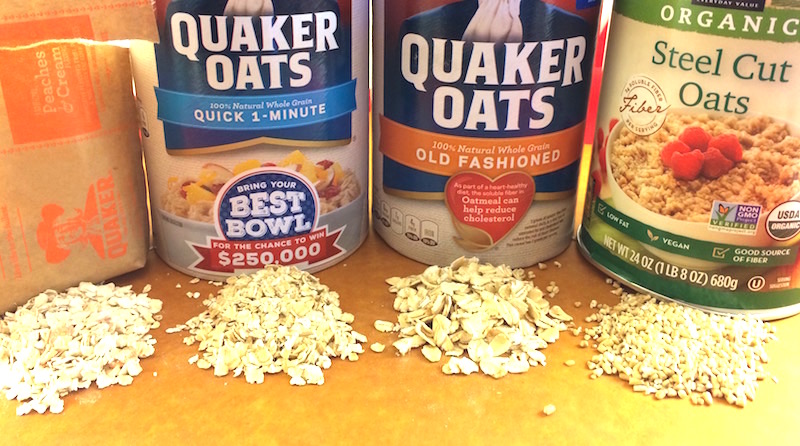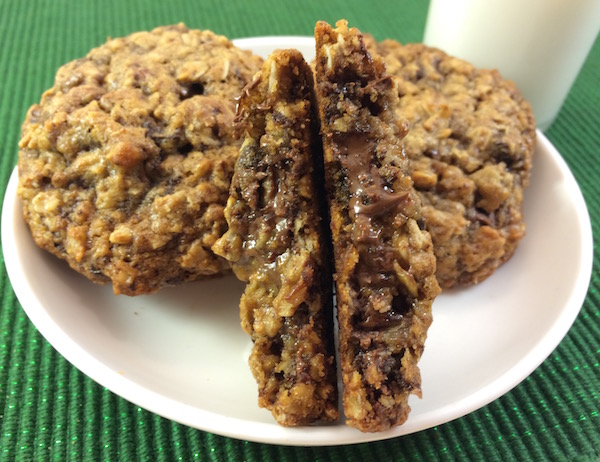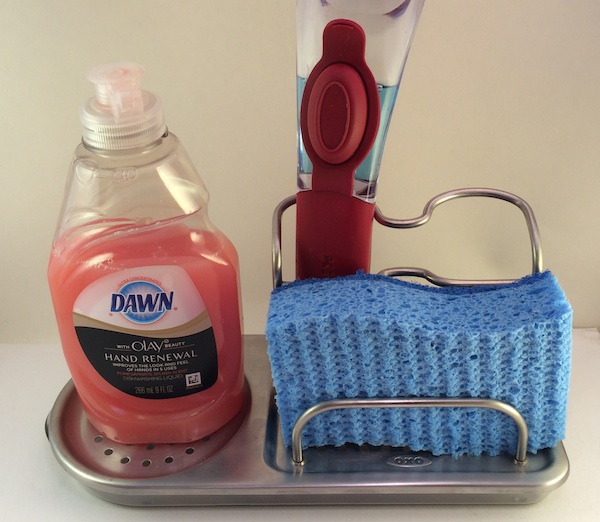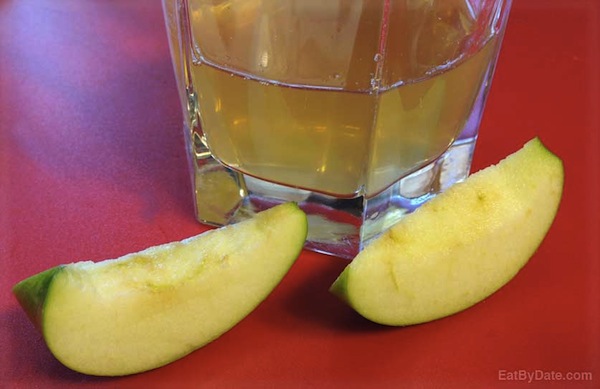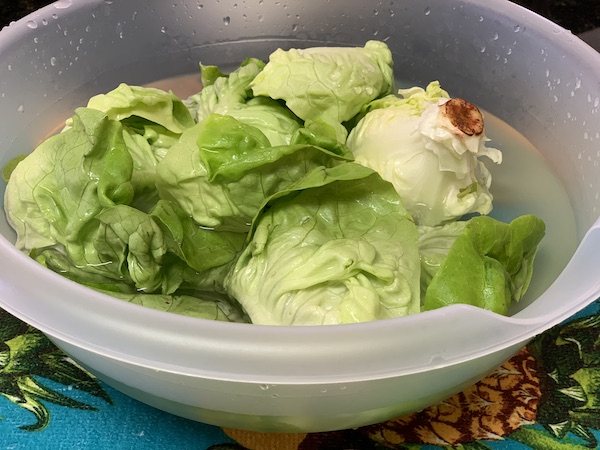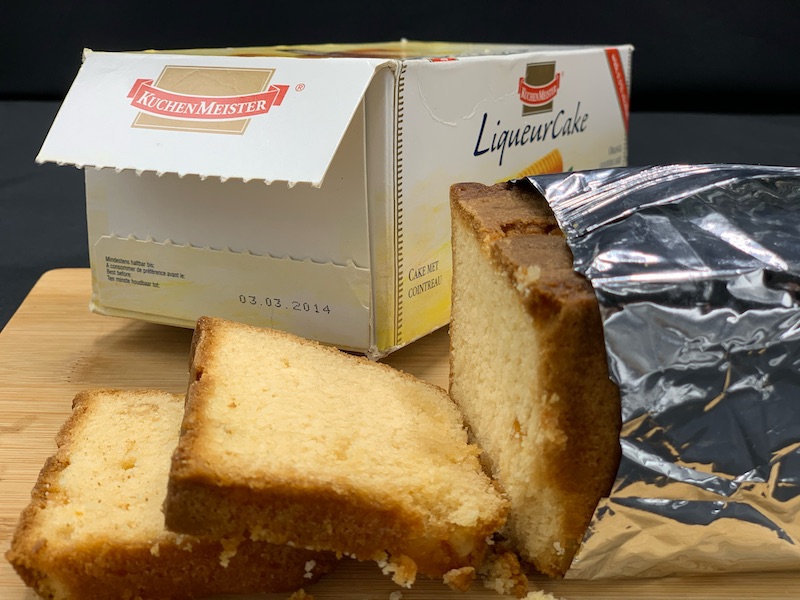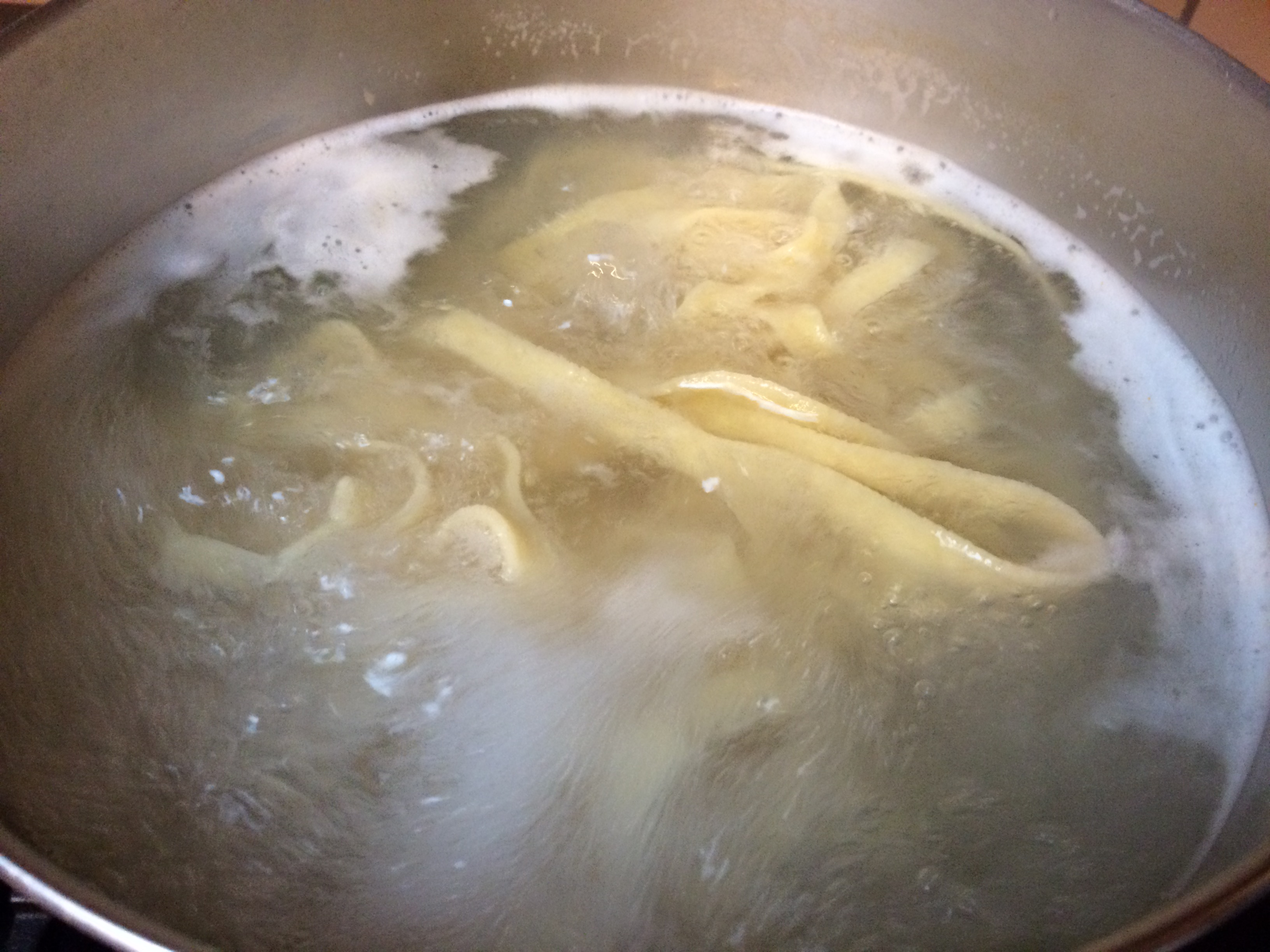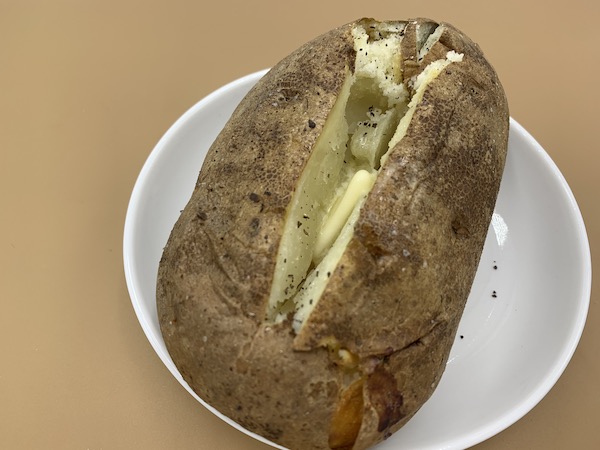How to Choose the Best Pots and Pans
How to choose pots and pans. Choosing a proper set of pots and pans can be more confusing than one might think. Just like anything else, they are not all made equal. Some will perform better, some will last longer and some will be easier to keep looking like new.
Which pots and pans you choose depends on what type of cook you are, so keep that in mind while reading through these pros and cons of the different types of pots and pans available. If you choose pots and pans best suited for you, and you take proper care of them, you will not have to choose again for a very long time.
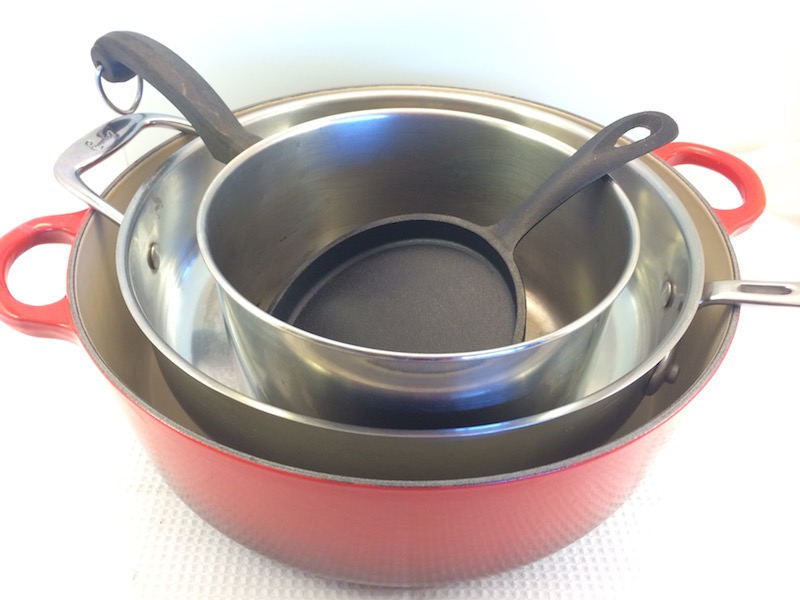
How to Choose Pots and Pans
There are basically two things to consider when choosing pots and pans:
- Conductivity – an important aspect in how to choose pots and pans is how well they can conduct heat. An even distribution of heat across the entire surface is important to how well the pots and pans will perform.
- Heat retention – the ability of the material to hold in the heat and transfer it to the food.
Pan Materials:
Following are several metals that are commonly used to make pots and pans. We’ll then quickly give you a run-down of the biggest pros and cons of each type.
Stainless Steel: Stainless steel is a less favorable choice for pots and pans because it is poor at conducting heat. A common problem with this choice of pots and pans is that they develop hot and cold spots over time which correlate to your burners, causing uneven cooking of your foods. On the upside, stainless steel pots and pans are both easy to clean (they won’t rust and can be scraped) and are hard to damage, even if they are severely mistreated.
Aluminum: Aluminum is one of the best metals at conducting heat, but it does not retain that heat very well at all. It can withstand high heat but since it is not very dense it cannot hold onto heat. Pans made from aluminum will also discolor easily and develop pits from use with acidic foods.
Anodized Aluminum: These pans have a surface that was treated to be like ceramic. They are pretty close to non-stick on the surface and are resistant to acids and stains. A good pan in this category will last a long time. Anodized pans are made for low heat usage only as they cannot withstand high heat and are generally used for extended cooking times.
Tri-ply: Tri-ply pans (sometimes called laminated) contain two layers of stainless steel with an aluminum layer in the middle (ply refers to layer of metal when speaking pots and pans). This pan choice is the best of both worlds, giving you the high conductivity of aluminum enclosed within the high density of stainless steel to provide heat retention. This is usually the best choice for most home cooking needs, although they are a little pricier than single metal pans.
There are also 5-ply, 7-ply, and probably many other number of ply if you search far enough, pots and pans available. What is important is the total thickness of the final material and not the actual number of layers involved, especially because some marketing attempts will even count the bonding layers as an actual layer.
Copper: Copper provides the best conductivity and the best retention, but is also the highest priced cookware. These are usually only seen in the richest of kitchens, but if you enjoy cooking and can afford it then an option can be to look for pans with either a copper bottom or a layer of copper imbedded. An example would be the All-Clad 5D series.
Non-stick: Non-stick pans are a good choice for cooking certain things, like eggs. It is usually recommended that a kitchen have a least one smaller size non-stick pan for making things like fried eggs and omelettes. These pans used to be a very bad choice because the coating would either flake off into foods or emit nasty fumes, but newer surfaces are permanent and safe as long as you don’t use sharp metal utensils or knives in your pans – which you really shouldn’t with any type of pan. Silicon utensils are preferred for this type of pan. Choose the newest and best quality here for a pan that will last long and remain safe to use.
Cast iron: Cast iron pans provide the best heat retention and also have good heat conductivity because they are so thick. These pans don’t cool down when you add your food, meaning that it’s a great choice for frying because less oil will seep into your food. This pan also goes from stove to oven seamlessly (and it has no seams to fall apart btw). This pan is extremely durable and actually gets better with age! It does take a little work to properly maintain though.
A well stocked kitchen usually has an item made from each of the above categories (well, maybe not copper). You probably have an anodized aluminum pan (with Le Creuset being the top of the line, a lasts forever option in this category) for stews and other slow cooking recipes. You’ve got a non-stick for all your egg recipes. Your other pots and pans are probably either stainless, aluminum or tri-ply. And, if you’re lucky, you’ve got a cast iron skillet passed down from Grandma.
Additional Information
A good test for heat distribution is the following procedure – although this is hard to do prior to purchasing a pan, it can be helpful to see if you need a new pan. Sprinkle a light layer of sugar on the entire surface and heat the pan on low heat. The pattern that the sugar melts will indicate any hot & cold spots on the pan. Keep in mind that a great pan melts all the sugar at the same time.
This is a very popular set with home cooks that does the job well as it is tri-ply:
Whichever pots and pans you decide on, this stuff will keep them shiny and new.
Hopefully you can now enter a store/site with a little confidence on how to choose pots and pans that will work well in your kitchen for a long time.


